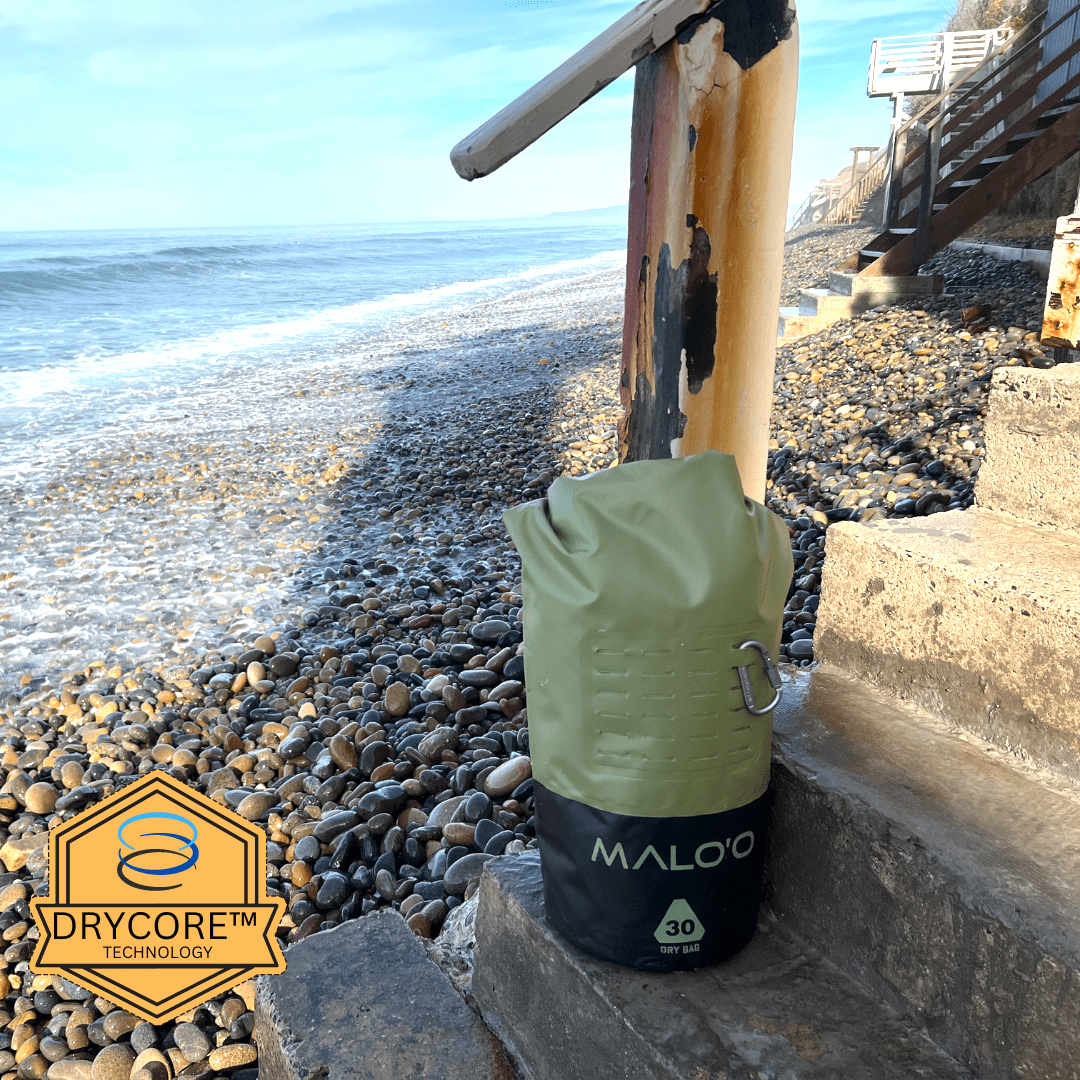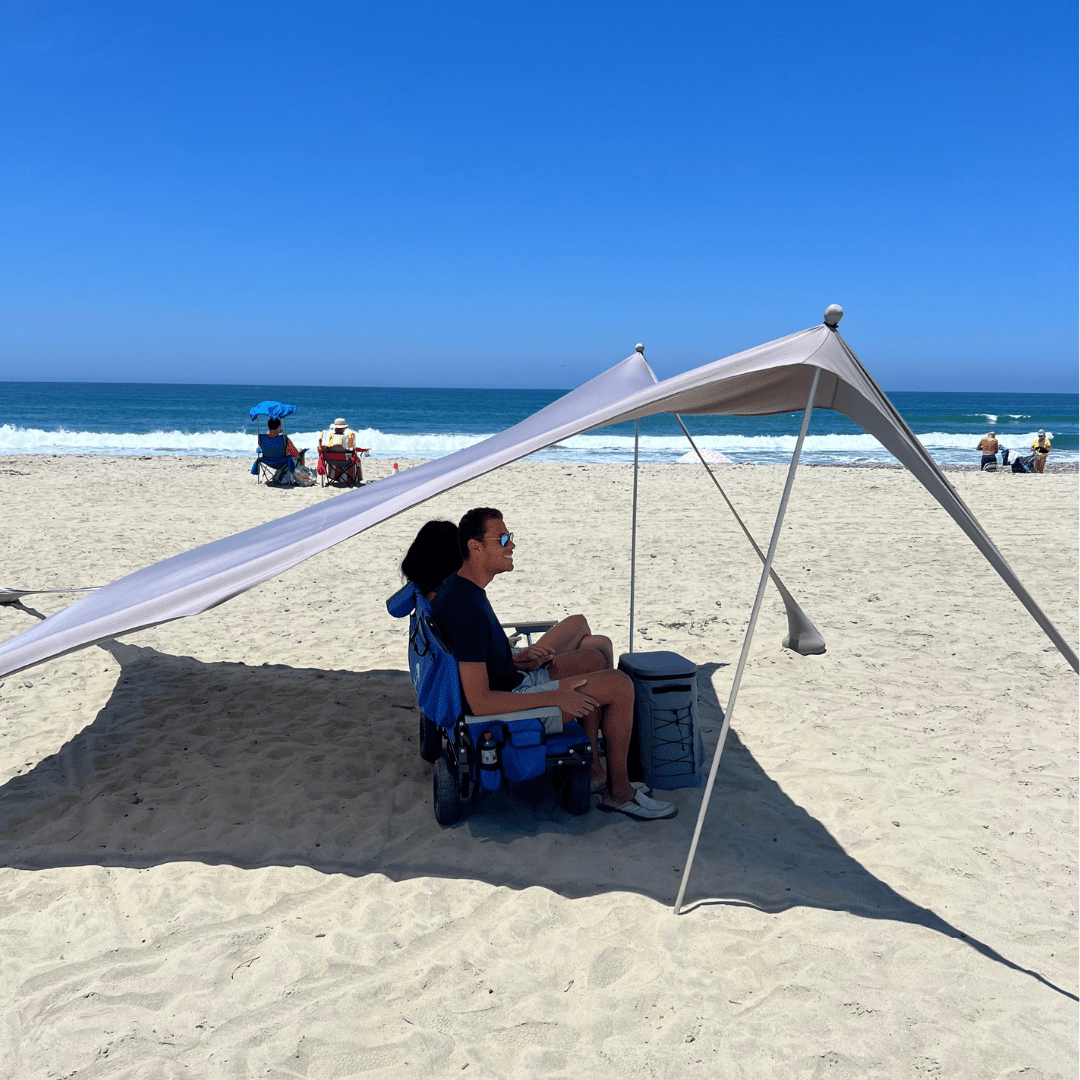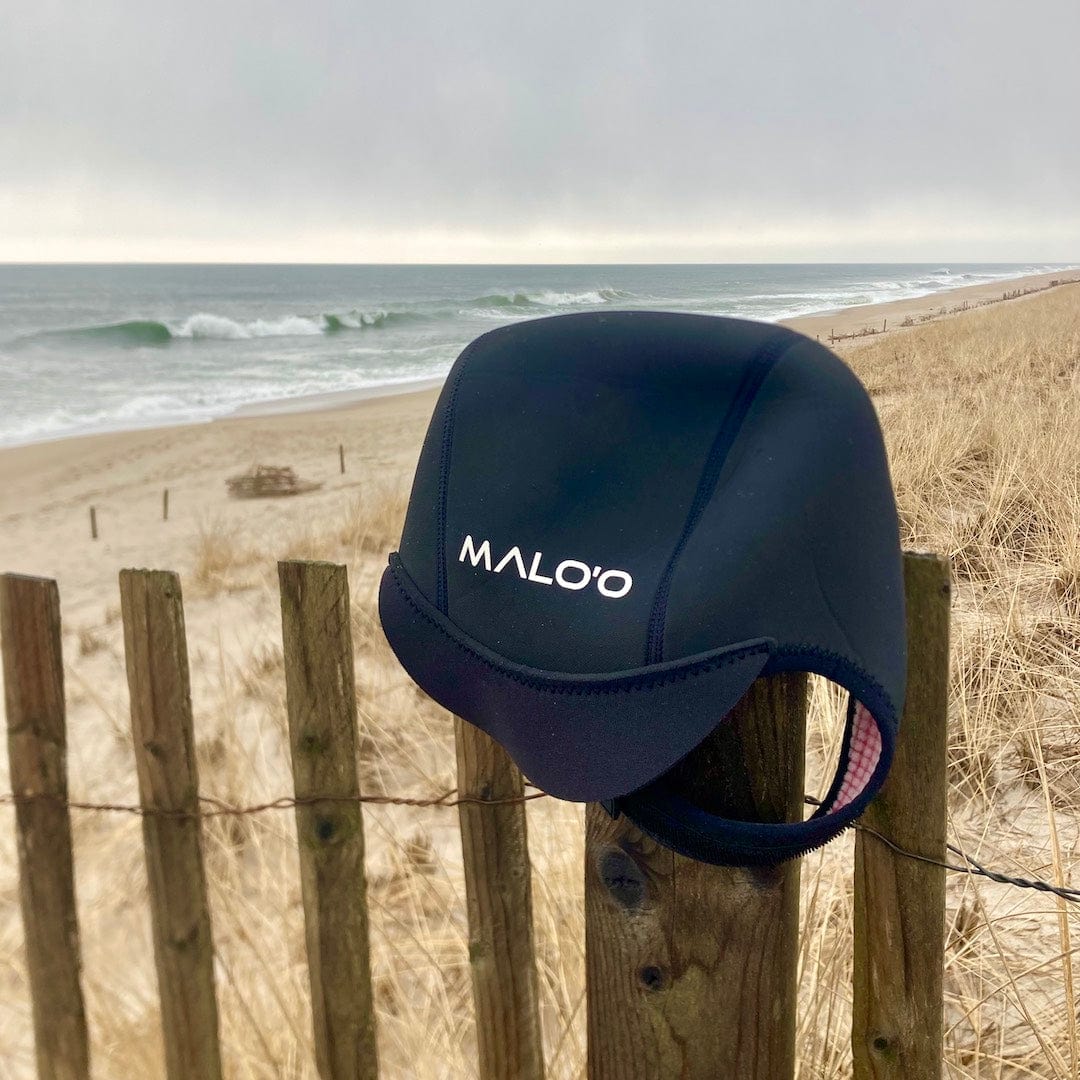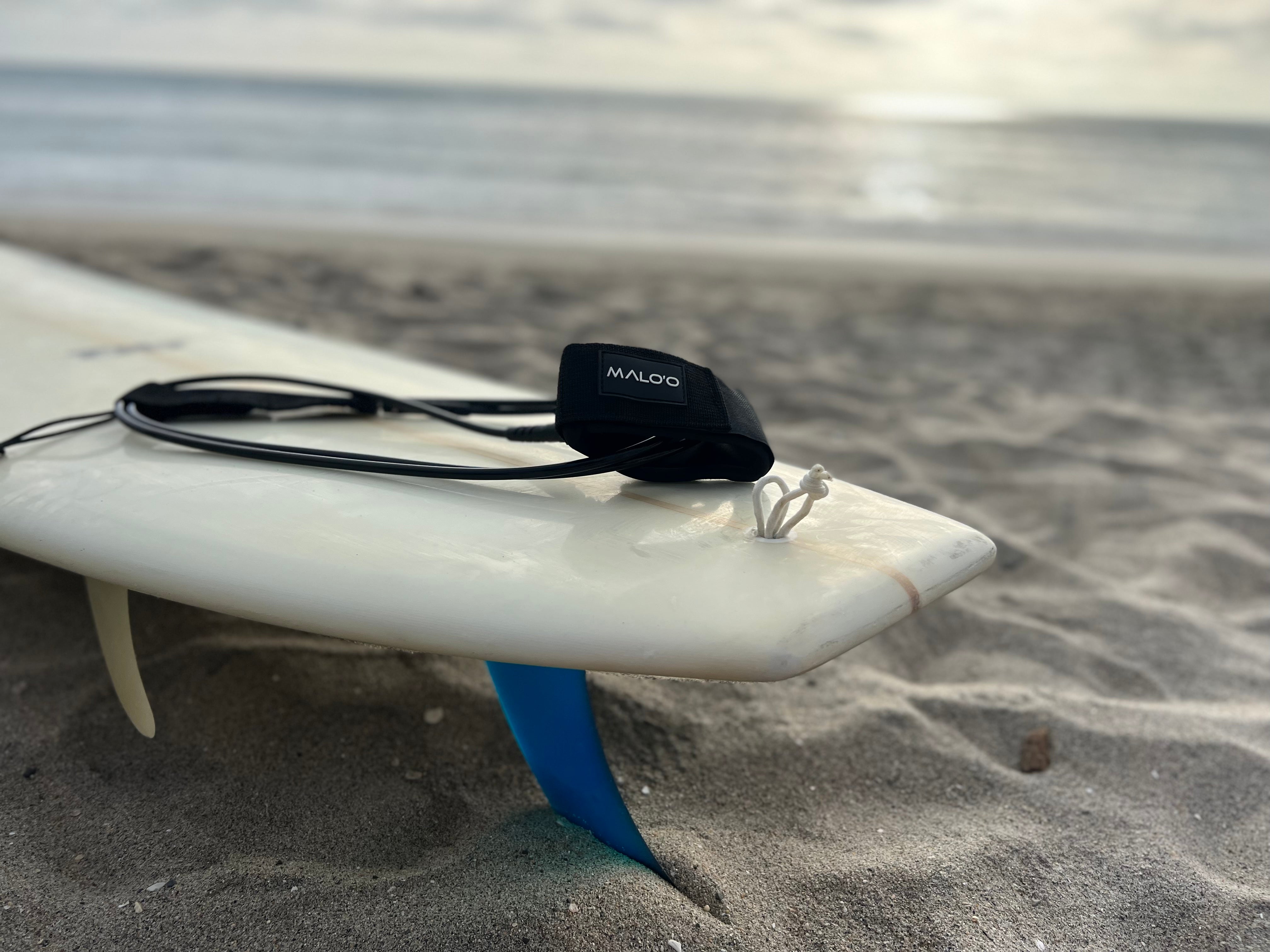
Surfing and paddle boarding are two popular water sports that require a lot of skill and practice. While these activities can be fun and exhilarating, they can also be dangerous, especially if you're not properly equipped. One essential piece of equipment for surfing and paddle boarding is a leash. In this blog post, we'll discuss the benefits of using a surfboard or paddle board leash.
Safety
The most important benefit of using a leash when surfing or paddle boarding is safety. If you fall off your board, a leash will keep the board close to you and prevent it from drifting away. This is particularly important in areas with strong currents or big waves, where losing your board can be dangerous. A leash also makes it easier for rescue teams to find you if you get into trouble in the water.
Prevents Damage to Your Board
Another benefit of using a leash is that it can prevent damage to your board. If you lose your board in the water, it can get damaged on rocks or other obstacles. A leash keeps your board close to you and prevents it from getting damaged in this way.
Convenience
Using a leash also adds convenience to your surfing or paddle boarding experience. With a leash, you don't have to worry about chasing after your board if you fall off. It also saves time, as you won't have to swim back to shore to retrieve your board.
Eco-Friendly
Using a leash can also be eco-friendly. If you lose your board in the water, it can be difficult to retrieve, and it may end up polluting the ocean. A leash helps to prevent this by keeping your board close to you.
Different Types of Leashes
There are several different types of surfboard and paddle board leashes available, each with its unique features and benefits. Here are some of the most common types of leashes:
Straight Leash
A straight leash is the most common type of surfboard leash. It attaches to the tail of your board and to your ankle or calf. This type of leash is ideal for smaller waves and is available in a variety of lengths.
Coiled Leash
A coiled leash is similar to a straight leash but has a coiled section that helps to keep the leash out of the water and prevent it from dragging behind you. This type of leash is ideal for use in larger waves and is available in a variety of lengths.
Knee Leash
A knee leash is a shorter leash that attaches to the tail of your board and to your knee. This type of leash is ideal for use in smaller waves and is often used by longboarders.
Calf Leash
A calf leash is similar to a straight leash but attaches to your calf instead of your ankle. This type of leash is ideal for use in larger waves, as it provides additional support and stability.
Ankle Leash
An ankle leash is the most common type of leash for paddle boarding. It attaches to the tail of your board and to your ankle and is available in a variety of lengths.
How to Choose the Right Leash
Choosing the right leash depends on several factors, including your skill level, the size of the waves you'll be surfing or paddle boarding in, and the type of board you'll be using. Here are some tips to help you choose the right leash:
Length
The length of your leash should be based on the length of your board. As a general rule, your leash should be the same length as your board or slightly shorter.
Thickness
The thickness of your leash should be based on the size of the waves you'll be surfing or paddle boarding in. Thicker leashes are more durable and can handle larger waves.
Attachment Point
The attachment point of your leash should be based on your skill level and the size of the waves you'll be surfing or paddling in.
Overall a surfboard leash may not look as cool as they guys who think they are so good they don't need one but it best to use one for your own benefit and those around you. No one wants to hit someone else with their board or be left out in the break while your board is getting pulverized on the rocks.
















